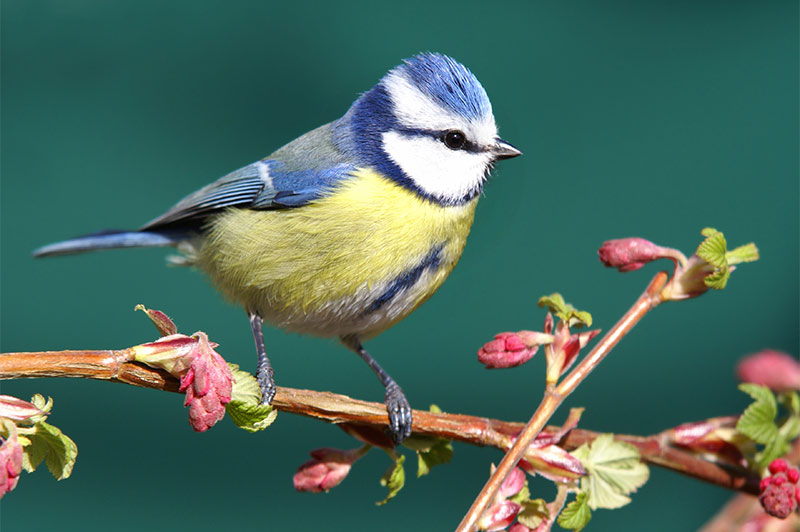The Crested Woodland Bird thrives in the dense, tropical forests of Southeast Asia. Its preferred habitat includes the lush undergrowth and canopy layers of forests in countries such as Thailand, Malaysia, and Indonesia. These environments provide the necessary cover and resources for the bird to forage, nest, and evade predators.
Table of Contents
Geographic Range
The geographic distribution of the Crested Woodland Bird spans several countries in Southeast Asia. Primarily, it can be found in:
- Thailand
- Malaysia
- Indonesia
- Southern parts of Myanmar and the Philippines
This bird’s range is closely tied to the availability of its preferred forested habitats, which offer the right balance of shelter and food resources. Changes in land use and deforestation pose significant threats to its habitat, impacting its distribution and survival.
Habitat Preferences
The Crested Woodland Bird favors dense, humid forests with a complex structure, including tall trees and thick underbrush. These environments provide ample food sources such as insects and fruits, as well as suitable nesting sites. The bird is typically found in altitudes ranging from sea level up to 1,200 meters, adapting to varying forest conditions within its range.
Physical Characteristics and Appearance
The Crested Woodland Bird is distinguished by its striking physical features. One of its most notable traits is its vibrant crest, which adds to its unique appearance. This bird exhibits a combination of bright and subtle colors that contribute to its visual appeal.
Distinctive Features
The Crested Woodland Bird sports a prominent crest on its head, giving it its name. Its plumage includes a mix of rich colors, often including shades of green, blue, and chestnut. The bird’s size is relatively small compared to other woodland birds, with an average length of about 25 centimeters. The crest and vivid colors are especially prominent in males, serving as a display during mating rituals.
Sexual Dimorphism
Sexual dimorphism in the Crested Woodland Bird is quite evident. Males typically have brighter and more elaborate plumage compared to females. The males’ crests are also more pronounced, which plays a crucial role in courtship displays. Females, while still attractive, have more subdued colors and less elaborate crests, reflecting their different roles in reproduction and survival.
Behavior and Diet
The behavior and diet of the crested woodland bird nyt are integral to understanding its ecology and role in the forest ecosystem. This bird exhibits a range of fascinating behaviors, from its daily routines to its feeding habits.
Daily Behavior
The Crested Woodland Bird is primarily diurnal, meaning it is active during the day. Its daily activities include foraging for food, engaging in social interactions, and performing mating displays. The bird is known for its melodious calls, which are used for communication and territory defense. It spends much of its time in the dense foliage, using its agile flight to navigate through the forest canopy.
Diet
The diet of the crested woodland bird nyt consists mainly of insects, fruits, and seeds. It forages in the undergrowth and lower branches of trees, using its keen eyesight to spot prey. Its feeding habits play a vital role in controlling insect populations and dispersing seeds, contributing to the health of its forest habitat. Adaptations such as its strong beak and agile movements help it access a variety of food sources.
Conservation Status and Threats
The conservation status of the crested woodland bird nyt is a critical concern for wildlife conservationists. Understanding the threats it faces and the efforts to protect it is essential for ensuring its survival.
Current Conservation Status
The crested woodland bird nyt is currently listed as a species of concern due to habitat loss and other environmental pressures. While it is not yet classified as critically endangered, its population is declining in some areas. The bird’s reliance on specific forest habitats makes it particularly vulnerable to changes in land use and deforestation.
Major Threats
Key threats to the crested woodland bird nyt:
- Deforestation: Clearing of forests for agriculture and urban development reduces the bird’s habitat.
- Climate Change: Changes in temperature and weather patterns affect the bird’s food sources and habitat conditions.
- Illegal Trade: The bird is sometimes captured for the pet trade, impacting its population in the wild.
Conservation Efforts
Efforts to conserve the crested woodland bird nyt include habitat protection initiatives and monitoring programs. Conservation organizations work to preserve and restore forest habitats, while regulations are in place to prevent illegal trade. Public awareness campaigns also play a role in educating people about the bird’s importance and the need for conservation.
How to Spot a crested woodland bird nyt
Spotting the crested woodland bird nyt can be a rewarding experience for bird enthusiasts. Knowing where and when to look increases the chances of observing this fascinating species in its natural habitat.
Identification Tips
To identify the crested woodland bird nyt:
- Distinctive Crest: The prominent crest on its head is a key identifying feature.
- Vivid Plumage: Bright colors, especially in males, can help differentiate it from other woodland birds.
- Melodious Calls: The bird’s unique calls can assist in locating it within dense foliage.
Best Locations and Times
The best places to spot the crested woodland bird nyt are its natural forest habitats in Southeast Asia. Visiting during the early morning or late afternoon can increase the likelihood of sightings, as these are the times when the bird is most active. Additionally, guided birdwatching tours in its range can enhance the experience and provide valuable insights from local experts.
Conclusion
The crested woodland bird nyt is a remarkable species with distinctive features and an important role in its ecosystem. By understanding its habitat, behavior, and conservation status, we gain a deeper appreciation for this avian gem.
Efforts to protect and preserve the Crested Woodland Bird’s habitat are crucial for its continued survival. Bird enthusiasts and conservationists alike can contribute by supporting conservation initiatives and spreading awareness about the bird’s plight. Observing this unique species in the wild offers a glimpse into the beauty and complexity of Southeast Asia’s forests, emphasizing the need to safeguard these vital environments.
Read More google classroom 6x







